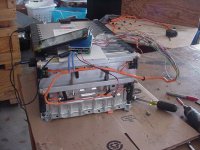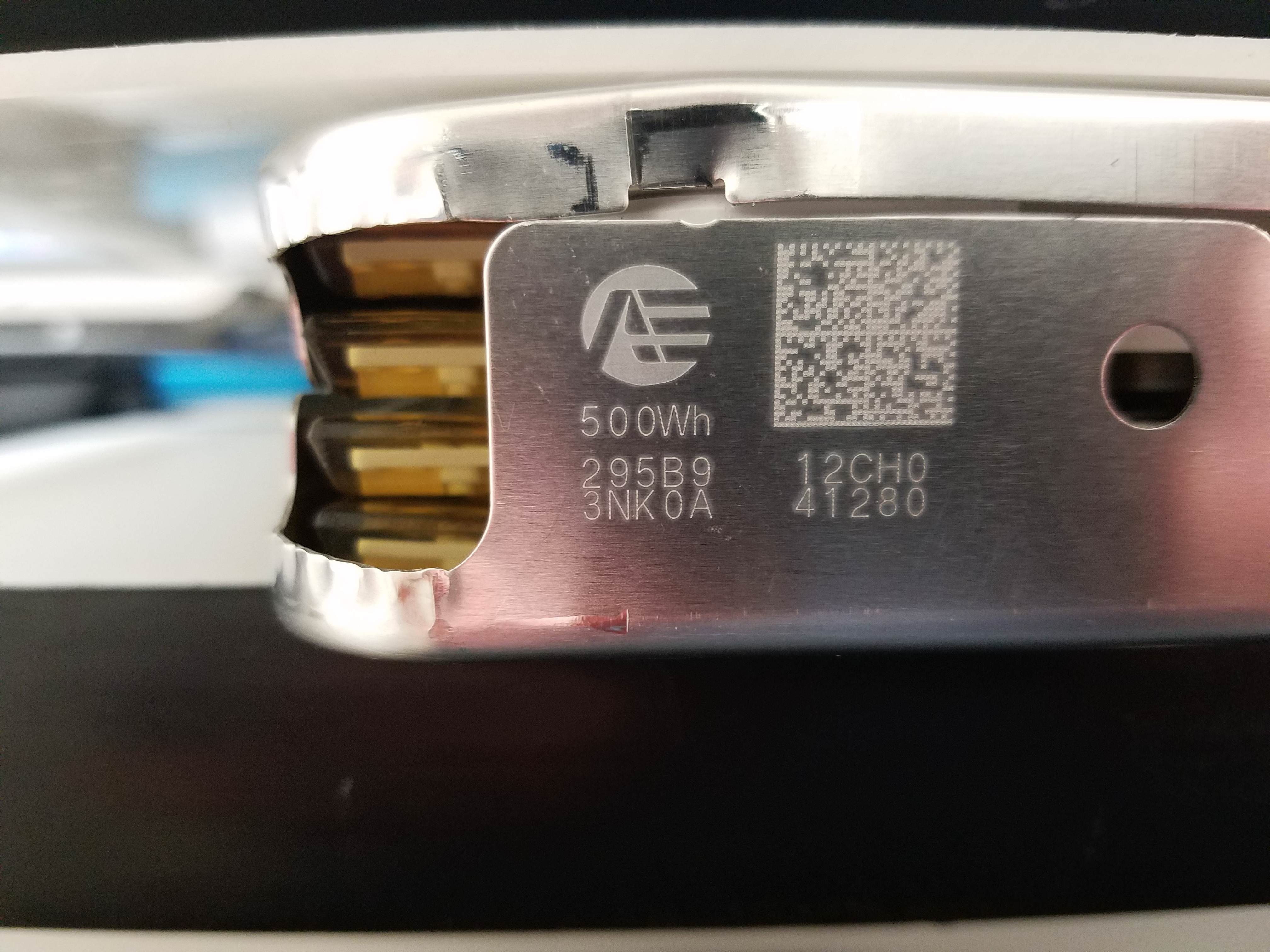Inwo said:Anyone else?
I need one more 8s for someone.
I actually have two of them but they are in my Bolt
Inwo said:Anyone else?
I need one more 8s for someone.


If you mean EV-type cells, large capacity single cells, you can get them from EIG for at least two or three chemistries, but they wont be cheap, and youll probably have to buy a pallet full or more.miro13car said:any ideas how to get brand new EV cells?
...The 5Ah LTO prismatic pouch cell, EIG Model T005, is the first of a family of LTO cells designed specifically for markets ranging from the growing 12V and 48V stop-start micro-hybrid vehicle market...
miro13car said:As far as I know EIG cells are not used in any mass produced EV.



